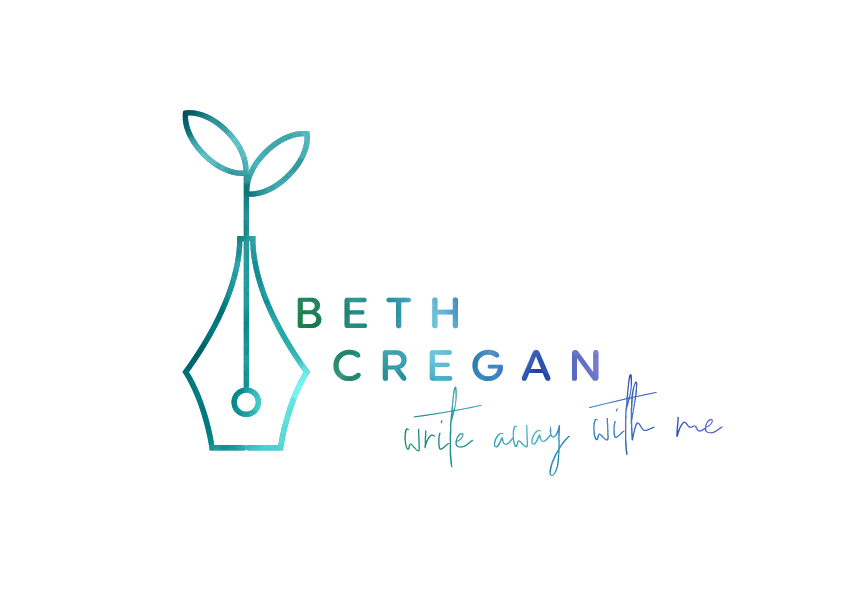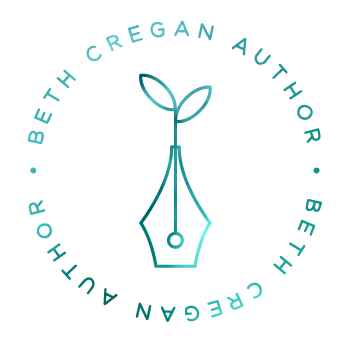In a research paper conducted by Paul Gardner, teachers identified a range of characteristics that were common to reluctant writers. I certainly recognise characteristics of both of my children in this list, at various stages of their development. (I hate to admit it, but I also recognise myself in this list too!) Although we think of children who struggle with literacy belonging to this group, reluctant writers are found right across the developmental spectrum of any classroom or group.
A reluctant writer may:
be good at telling stories orally but has difficulty putting ideas on paper independently.
be a perfectionist, therefore fear of getting it wrong prevents writing.
lack ideas due to insufficient experiences either in their life or their knowledge of reading and stories.
find writing a physical struggle – poor fine motor control/pencil control.
find spelling difficult which then impedes writing.
have ‘internalised a view of writing as a set of grammar and language rules rather than a creative process.
have difficulty remembering what s/he is writing about (memory be an issue).
be unable to build upon their writing.
quickly start and finish their writing but do not develop ideas so the plot is often superficial.
prefer to play it safe with their writing and is reluctant to take risks.
Here Are Four Pre - Writing Strategies to Support Reluctant Writers:
Pre- writing and planning are two of the most important stages of creative writing and it’s here, at the beginning of the process, that we can really set the stage and encourage young writers to enjoy playing with ideas.
1) Use Mind Maps to Generate Story Ideas
Mind mapping (made famous by Tony Buzan) allows children to record their ideas through the use of symbols, pictures and language. Mind mapping as a pre-writing activity engages both the creative and logical elements of the brain and gives children a chance to experiment with ideas and possible outcomes. The idea is to explore as many ideas as possible – some will work, some may not, but all ideas are accepted into the mix. Mind maps combined with paired peer discussion enable writers to both record and share their ideas through storytelling. I have found this to be most effective. If you’re interested in learning more about mind mapping for children, head over to Draw Me An idea for some interesting examples.
2) Encourage Storyboarding to Visualise and Structure a Story
Creating storyboards helps children visualise how their story might unfold. This is a vital skill for storytellers. Once you ‘enter’ into the world of your story, your imagination and sensory perception are called into play. Your right brain loosens up a little. Storyboarding is a great planning tool, especially if the physical act of writing is difficult. Langwitches Blog has a great post about storyboarding and the writing process
3) Create Word Banks to Build Vocabulary
Both storyboards and mind maps use words and phrases to capture ideas and thoughts. These words can be shared and collected to create a word bank for the class or for individual students. This is especially helpful for children who need assistance with extending vocabulary and/or spelling.
4) Provide Storytelling Models to Provide Structure
Providing a template or a storytelling model can sometimes provide a solid structure for writing. Rather than limiting creativity, it allows some students to soar because it reduces anxiety and the pressure of developing all the elements of a story at once. A good example of this is found in a pre-writing activity we did at The Writer’s Club last term. Using the storytelling model of ‘The Gingerbread Man’, pairs had to:
create a new character made out of something unusual
think of a reason the character might want to run away
name three people that might chase this character
decide how will the story end
Rather than inhibiting the creative process, providing a template such as this, actually produced some hilarious and very creative innovations on the original story.
Finally let’s be mindful of the learning environment we create for children. Writing is a complex process, bringing together a number of sub-skills such as spelling, syntax, vocabulary, fine motor control etc. In Year 3, my daughter Neve was in a classroom where spelling and grammar were the Gods of any writing task. Neve, a competent and creative writer, struggled with spelling, so she wrote very simple stories that year. She wanted to spend her lunch break outside, rather than in her classroom correcting and rewriting her work. “I like writing stories”, she told me, “but I love the monkey bars!!” Let’s aim to create positive and balanced learning environments that support and inspire young wordsmiths, to take risks and enjoy the journey, that is creative writing.








